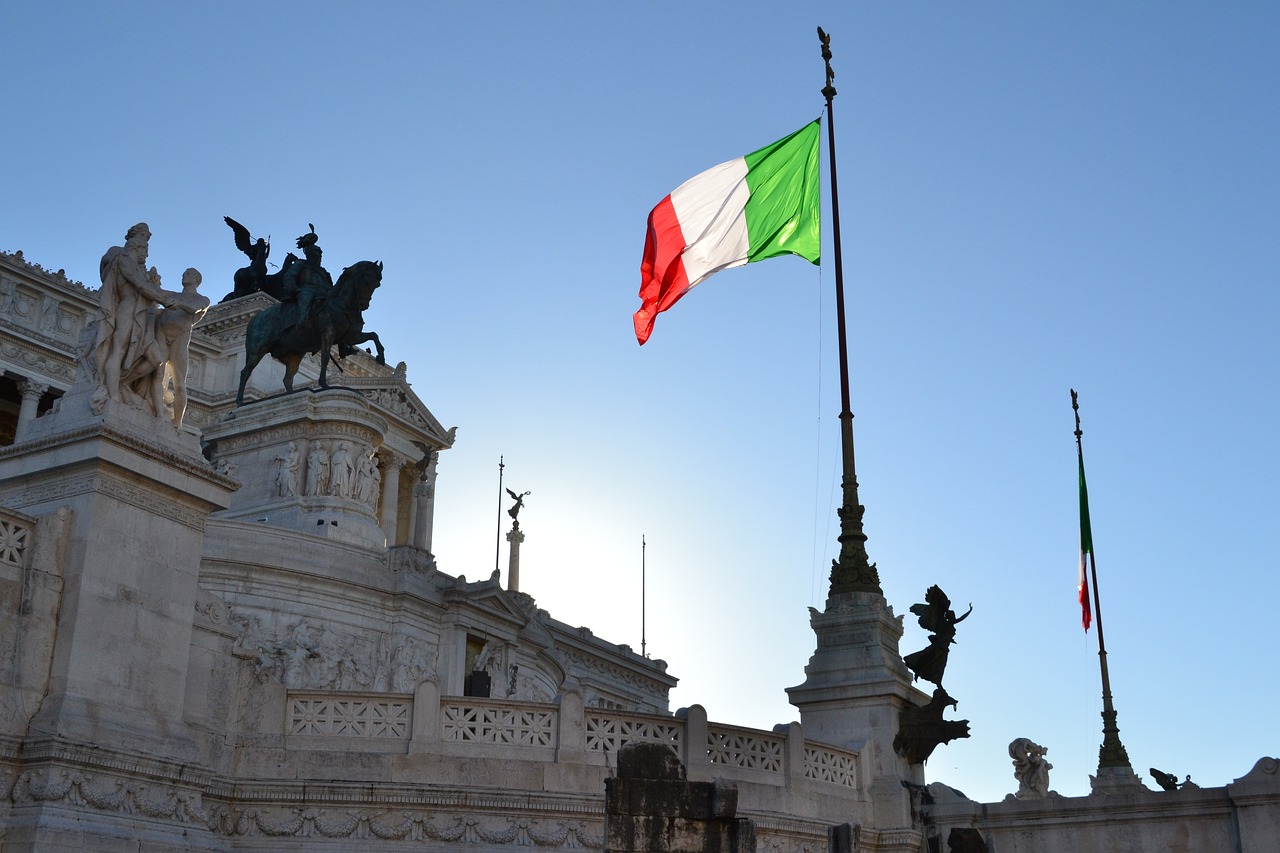
Maria Montessori
Born on August 31, 1870, in the provincial town of Chiaravalle, Italy.
Dr. Maria Montessori was an Italian physician, educator, and innovator, acclaimed for her educational method that builds on the way children learn naturally.
She opened the first Montessori school—the Casa dei Bambini, or Children’s House—in Rome on January 6, 1907. Subsequently, she traveled the world and wrote extensively about her approach to education, attracting many devotees. There are now thousands of Montessori schools in countries worldwide.
Founding Principles
Montessori education is student-led and self-paced but guided, assessed, and enriched by knowledgeable and caring teachers, the leadership of their peers, and a nurturing environment.
Within the community of a multi-age classroom—designed to create natural opportunities for independence, citizenship, and accountability—children embrace multi-sensory learning and passionate inquiry. Individual students follow their own curiosity at their own pace, taking the time they need to fully understand each concept and meet individualized learning goals.
Given the freedom and support to question, probe deeply, and make connections, Montessori students grow up to be confident, enthusiastic, and self-directed learners and citizens, accountable to both themselves and their community. They think critically, work collaboratively, and act boldly and with integrity. What better outcome could you wish for your children?

Key Benefits
Montessori School vs Public School
Adaptive Curriculum
Children born in the calendar year are not destined to learn at the same rate. The Montessori method, at its core, has a child-lead ethos. Adapting to the needs of the individual child not only promotes accelerated learning but provides foundational support to children that should need more.
Mixed-Age Classrooms
The social interaction and mentorship roles inside the classroom play a large part of the child’s development outside the classroom. Leadership, responsibility and sense of community is fostered through mixed-age, mixed-ability students working in team settings.
Experiential Learning Emphasis
After developing gross motor coordination, we see infants interacting with and learning about the world through touch and experiment. Scientific research has proven these experiential learning activities build some of the strongest pathways in our brains. Montessori Schools approach experiential learning as a critical necessity.
Peer-Peer Learning
Do one, see one, teach one is still a key learning method for medical doctors and for good reason. Peer teaching is a proven way to consolidate learning. Consolidated learning and higher levels of comprehension necessary to successfully pass on your new knowledge leads to higher levels of competence.

The greatest gifts we can give our children are the roots of responsibility and the wings of independence.

Maria Montessori
